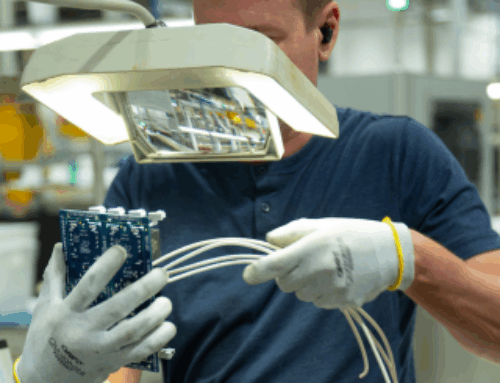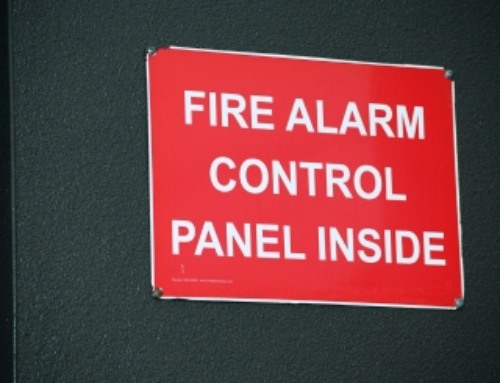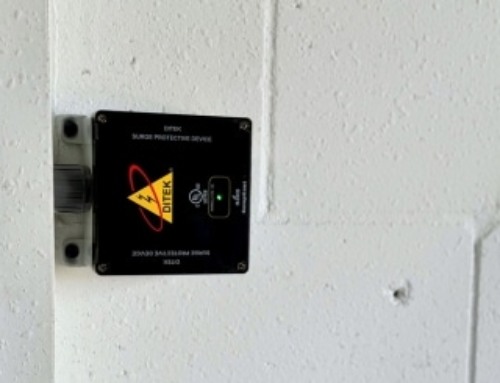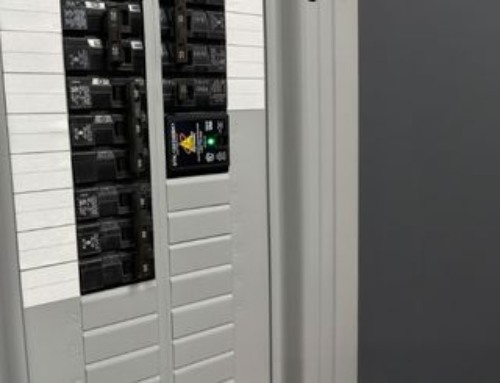Integrators and end users love Power over Ethernet (PoE) devices for their cost and time saving benefits as well as their ease of use. By delivering power and data over the same Ethernet cable, PoE devices can easily be connected, disconnected, and moved without the need for extensive cabling or electrical work. From IP cameras to access control systems and beyond, PoE is now the go-to solution for locations where power outlets or network connections are hard to come by.
The low-voltage install of PoE devices is further simplified by PoE switches, which provide power to peripheral devices via a number of ports. But these switches are limited in the power output available to each PoE port and the switch as a whole. For this reason, knowing how much of your PoE power budget you are using is essential before starting any new project.
What is a Power Budget?
A PoE switch power budget is the total amount of power output available to the PoE ports of the switch. Both installers and users must ensure the total power required by all connected PoE devices powered by the switch‘s PoE ports does not exceed the switch’s overall power budget. All switches have a PoE budget allocated to them and exceeding the budget causes connected devices to fail.
Each port located on the PoE switch is capable of producing a certain amount of power per port, denoted in watts. Separately the entire switch has an overall PoE budget. The overall PoE budget for the switch does not equate to the sum of the power supplied to each port. For example, a 24-port switch supplying power up to 30 watts per port does not mean the overall PoE power budget is 720 watts. Both the power output per port and overall PoE budget play an important role in determining the right power requirements for your install. The switch’s datasheet typically denotes both measurements.
Calculating How Much of Your PoE Power Budget is Being Used
To calculate the total amount of power being used, you will first need to know the specs for each PoE device connected to the switch. Confirm each devices’ maximum power consumption in watts as well as the PoE class for each device. The device’s PoE class lets the PoE switch know the maximum amount of power to reserve, regardless of the device’s true maximum power consumption. Even if the PoE device requires less than the denoted maximum wattage to operate, some PoE switches may still reserve the maximum wattage amount for that device’s class. If the device’s class is unknown, round up from the device’s maximum power consumption to the class with the next highest maximum power available. See the below chart for reference regarding PoE classes and associated maximum wattage.

Once you know the maximum power required for each powered device based on the device’s class, add up the expected demand for all PoE devices connected to the switch. This number will determine how much of your current PoE budget is being used. If your total exceeds the overall PoE power budget as determined by the switch, you are likely over your power budget and your connected devices may fail. Even if the switch you are using determines available power based on current PoE load rather than device class, it is best to leave room for future adjustments. You will also want to ensure each device’s maximum power draw does not exceed the power output per port.
Why Knowing Your PoE Power Budget Matters
Although calculating a switch’s current power budget can be complicated, especially for end users, exceeding a PoE power budget may be an easily identifiable cause of device failure. PoE devices and switches are generally known for their ease of use, but end users and installers alike can become easily frustrated when a newly connected device will not power on. This is especially true when using devices of different capabilities and classes. For example, PTZ and motorized cameras will require more power and likely be of higher class than that of bullet mounted cameras, leading to confusion when it comes to budgeting for power. Power budget depletion, and the problems that come along with it, is an avoidable issue if overall power budget and consumption is known beforehand.
Working With the Right Provider
Not all PoE switches are built the same. Modern advancements allow for switches incorporated with green Ethernet power-saving technology that deactivates unused ports and adjusts power levels based on the cable length. Similarly, newer PoE switch models are equipped with innovative LCD displays that monitor PoE budget and provide real-time power information.
DITEK’s variety of available PoE switches offer these features and more, intended to save installation time and money by delivering data and power over existing network cables. DITEK’s products are available immediately from stock, and are offered only through professional distributors, not big-box retailers. Our PoE switches deliver a cost-effective and highly efficient way to power some of the most popular PoE devices on the market, making low-voltage installs fast, easy, and accessible.





